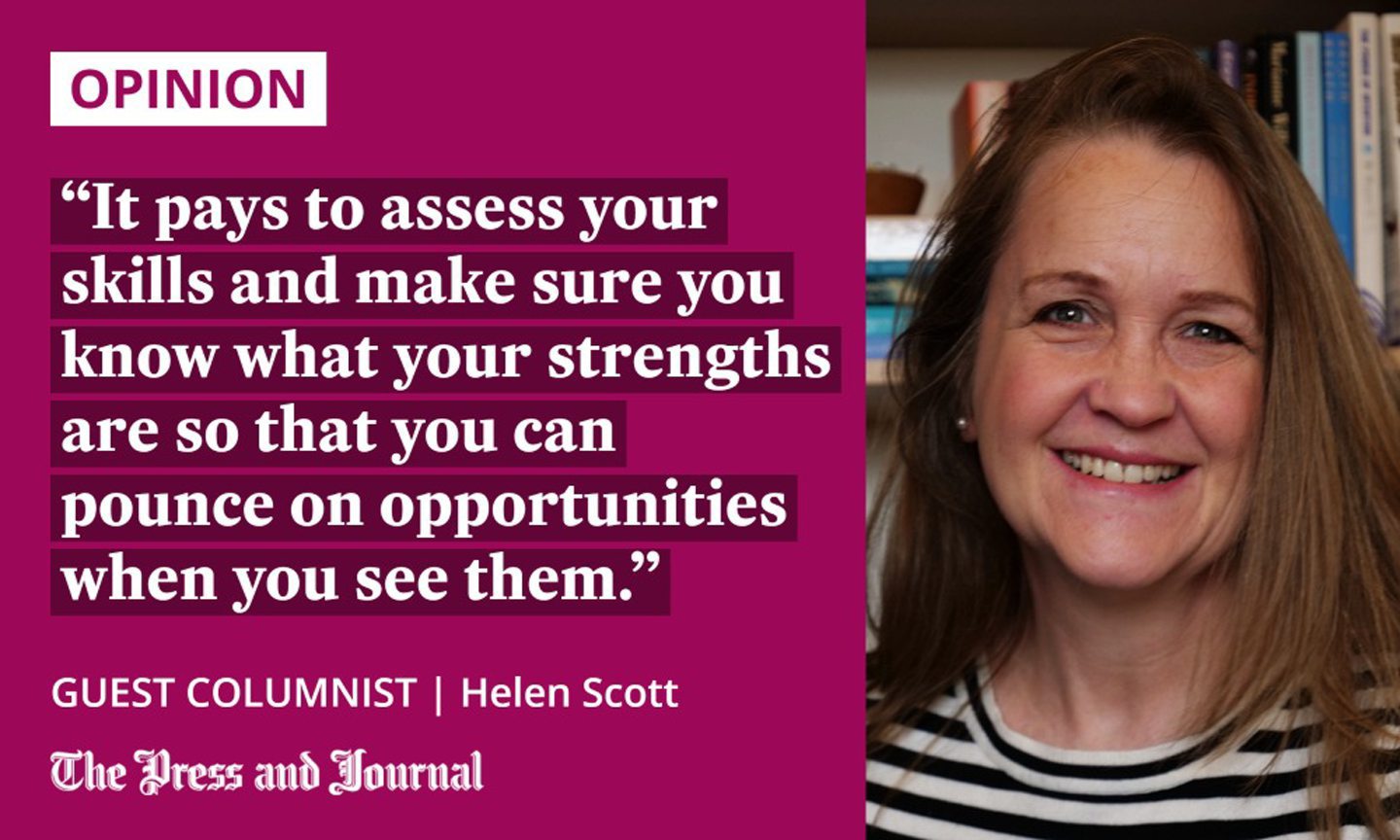Over the past two years, the employment landscape has undergone a seismic shift.
Students graduating today can expect an altered career trajectory, and their first graduate job could differ considerably to their original plans. Obviously, people themselves change during their time in higher education, but now so has the workplace.
Hybrid working, a combination of remote working and working in the office, is now the norm, and freelance work is also on the increase. The unemployment rate in the UK is at its lowest level since 1974, and there are fewer unemployed people than there are job vacancies.

So, what does this mean for today’s graduates and how can they take advantage of it? The key word here is “adaptability”. It’s time to add some new chapters to the rule book.
Graduates need to be responsive to the needs of the market. So, if you’ve just graduated or you’re about to graduate, here are some tips to help you move forward with confidence.
Assess your skills and learn to network
First, it pays to assess your skills and make sure you know what your strengths are so that you can pounce on opportunities when you see them, sure that you can clearly articulate why you’re the right person for the job.
Next, assess which skills you still need to polish or acquire. The market is moving so fast that it’s necessary to be one step ahead and anticipate which skills you’re likely to need over the next couple of years. It’s never been easier to add to your skillset: think short courses, online learning, LinkedIn Learning and even YouTube.
Networking is the next thing you need to master. Universities usually have good platforms for reaching out to alumni, and LinkedIn provides an easy way to find people you’re keen to work with and learn from. Keep your profile up to date, and post articles that interest you so people can see you’re already thinking and working like a professional.
The idea is to build up a network of supportive people who can help you move ahead
Reach out to people you admire. If they went to your university, or did a similar course to you, so much the better. Ask for tips, advice or even an opportunity to shadow them. The idea is to build up a network of supportive people who can help you move ahead.
Make a good impression
If you’re struggling to find the right job, you could consider a portfolio career. Many people are combining part-time work with freelancing or paid project work.
Websites such as Fiver and Upwork, which provide an “in” to the world of freelancing, are growing in popularity. It might not be the way you want to work forever, but it can provide you with an income and help you build up experience you can showcase when a suitable full-time role comes along.
If you’ve got a job lined up, it’s vital to make a good first impression. Spend the first few weeks listening, learning and asking questions to get the lie of the land.
Find out who does what and be curious. Establish a good relationship with your line manager and ask for a regular meeting to clarify your tasks as you go forward.
Colleagues can be invaluable here, and many will be happy to help you navigate unfamiliar software or show you how something’s done. Remember to ask about more formal opportunities for training and development.
Don’t be afraid to fail
Most organisations are acutely aware of the pace of change, and are keen that staff add to their skillset to meet the future needs of the business.
Be agile. There’s plenty of work out there, but it might not look the way you thought it would when you set off on your higher education journey.
And, the most important attribute? Resilience. Don’t be afraid to fail.
In the words of Maya Angelou: “You may encounter many defeats, but you must not be defeated. In fact, it may be necessary to encounter the defeats, so you can know who you are, what you can rise from, how you can still come out of it.”
Helen Scott is a careers consultant with the Centre for Employability and Community Engagement at Robert Gordon University













Conversation